Scaffolding health and safety regulations
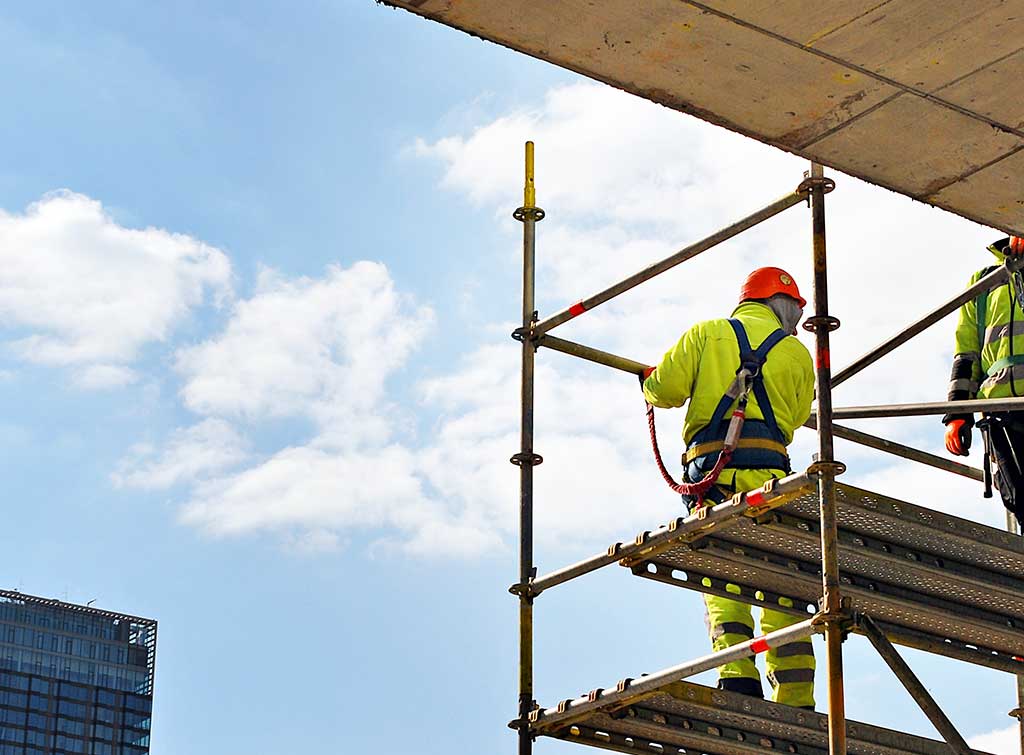
What are scaffolding health and safety regulations?
The regulations for scaffolding are the guidelines that govern how to properly use scaffolding.
Therefore, an excellent working knowledge of scaffold safety rules is essential for tradespeople who use it in their work.
Before beginning any scaffolding project, or when starting a scaffolding business, it’s important to familiarise yourself with the following regulations:
- Construction (Design and Management) Regulations 2015
- Health and Safety at Work etc. Act 1974
- Management of Health and Safety at Work Regulations 1999
We also recommend you refer to the below documents when working at heights. This is to ensure a full understanding of all compliance and adherence matters related to safe working above ground level:
Scaffold safety and the risks associated with working at height
When it comes to any form of construction work, scaffolding is usually a key project element that needs consideration.
- If you’re going to be working at any degree of height, scaffolding walkways are going to be essential
- Working at height brings with it several inherent risks – Most obviously, there is the risk of falling from the scaffold
- There are also risks associated with dropping items from the scaffold and transporting materials up for work purposes
Therefore, it’s important to know what sort of scaffolding is best suited for the current project in question. Picking the right one will help to mitigate any associated risks.
What are the different types of scaffolding?
To the untrained eye, it may appear that all scaffolding is the same. But there are actually multiple different types of scaffolding that you’ll need to make use of.
Here is a breakdown of the different types below:
- Access scaffolding – as the name suggests, access scaffolding is specifically used to give workers access to hard-to-reach building areas, mainly rooves and high walls. This is one of the most common types of scaffolding you’ll see, being typically used for maintenance work
- Suspended scaffolding – unlike access scaffolding, suspended scaffolding is hung from a roof using wire ropes or chains, often with the ability to be raised and lowered when needed. This sort of scaffolding is ideal for painting, repairs, and window cleaning
- Trestle scaffolding – this type of scaffolding is most often used inside of buildings or if the work required is taking place up to a height of 5m. This sort of scaffolding is identified by its movable ladders
- Cantilever scaffolding – rather than being supported directly from the ground, cantilever scaffold begins higher up a structure and is then supported by needle poles. Therefore, a cantilever scaffold is only ever used when obstacles or uneven flooring prevent direct placement on the ground
- Putlog scaffolding – also known as single or bricklayer scaffold, putlog scaffolding uses a single row of standards parallel to a building and then set partially away to support a platform. Couplers are then used to connect the scaffold together. Much like access scaffolding, putlog scaffold is very popular
- Double scaffolding – working in a similar way to putlog scaffolding, double scaffolding merely introduces a second row of scaffold for more support. This tends to be employed when working on things like masonry
- Steel scaffolding – constructed by steel tubes and fixed together by steel fittings, steel scaffolding is a particularly strong, durable, and fire-resistant scaffolding option
- Patented scaffolding – also constructed from steel, patented scaffolding uses specialist couplings and frames that allow you to adjust the height of the structure, while also being easy to take down. This makes them ideal for short-term work
What must be taken into consideration when working at height?
When working at height, it’s important to fully survey the type of work that is being done.
All work must comply with scaffolding safety requirements, as well as other working regulations. And any specific hazards associated with a project that could cause an accident must be noted.
Therefore, when working with scaffolding, you should always adhere to the following rules:
- Construction – when erected, scaffolding must also be securely anchored to the structure. The anchors must be installed level by level during the erection process and uninstalled the opposite way when being dismantled.
- Inspection – always inspect scaffolding before climbing it, especially if it has been left unattended. Look for damaged and missing parts and replace these immediately
- End shifts – at the end of a shift, nothing should be left on the scaffold. Anything that could be blown off or create a trip hazard for the next person who climbs it must be removed.
- Weight – always take into account the maximum load weight of your scaffolding and never cross this threshold
- Weather – scaffolding boards can be slippery when wet. Take care when using scaffolding after bad weather and avoid its use during storms and high winds
Above all else, never assume that it’s safe to ignore basic regulations for scaffolding. Always work with care and attention and only ever use the appropriate equipment for a task.
However, we are aware that accidents are unavoidable. That’s why we also recommend investing in the right insurance. You can read all about this in our scaffolding insurance blog.
Skilled tradespeople get your business started
Join Checkatrade today
Who is responsible for enforcing scaffolding safety requirements?
In the majority of cases, it’s the scaffold hirers and users who are responsible for enforcing scaffolding safety requirements. Specifically, this must be done by a competent supervisor whose knowledge and training cover the type of scaffolding in use.
All employees working on a scaffold should also be qualified to perform the type of work they are undertaking.
And they need to be given the appropriate training relevant to the type of scaffolding they’re working on.
Employers are responsible for providing their workers with the appropriate levels of supervision. However, what is appropriate can vary depending on the following:
- The complexity of the work that is being done
- The competence and level of training of the workers
On top of this, a scaffolding inspection must be carried out if any of the following criteria apply:
- The scaffolding has just been installed and has not yet been used
- Every 7-days after the last inspection
- After any circumstance that could potentially have damaged the scaffolding’s construction
What qualifications and training are required to work with scaffolding?
In order to work with scaffolding, it is advised that all of your workers have the following qualifications:
- A Level 1 or 2 Certificate in Construction Operations
- Experience in a relevant college course or apprenticeship
Besides these, new scaffolders can expect to learn on the job as well. However, any scaffolding training should be done by a qualified person.
This should include training on using the scaffolding at hand, identifying hazards, and training courses in the following areas:
- Basic and advanced First Aid
- Crane awareness
- Fall arrest
- Fire prevention
- Manual handling
- Scaffolding safety awareness
- Use of ladders
- Using goods hoists
- Using harnesses and lanyards
- Working at heights
- Working in confined spaces
Skilled tradespeople get your business started
Join Checkatrade today
What PPE is required for scaffolding safety?
Whenever working on or around scaffolding, workers must always use the following pieces of safety gear:
- Hard hats
- Safety boots
- Tool lanyards
- Personal fall arrest systems
The scaffolding regulations also have an indication of the special protective equipment for different types of jobs.

Upskilling with Checkatrade
With this primer, you should now know where to begin when looking at the regulations for scaffolding. However, this guide is only intended to get you started.
It’s essential to hire high-quality scaffolding equipment and educate your staff on the risks associated with working at height.
And that’s where Checkatrade can help. We work with a variety of different companies that provide training for all manner of trades, including scaffolding.
Get in touch today to find out more about these and all the other ways that Checkatrade can help grow your business.
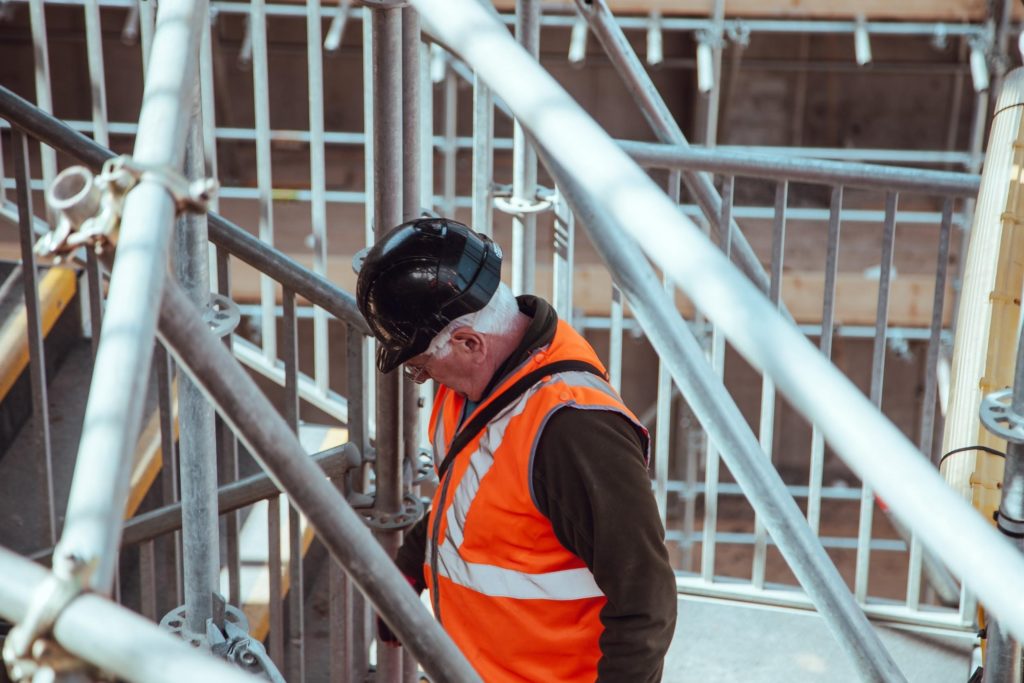
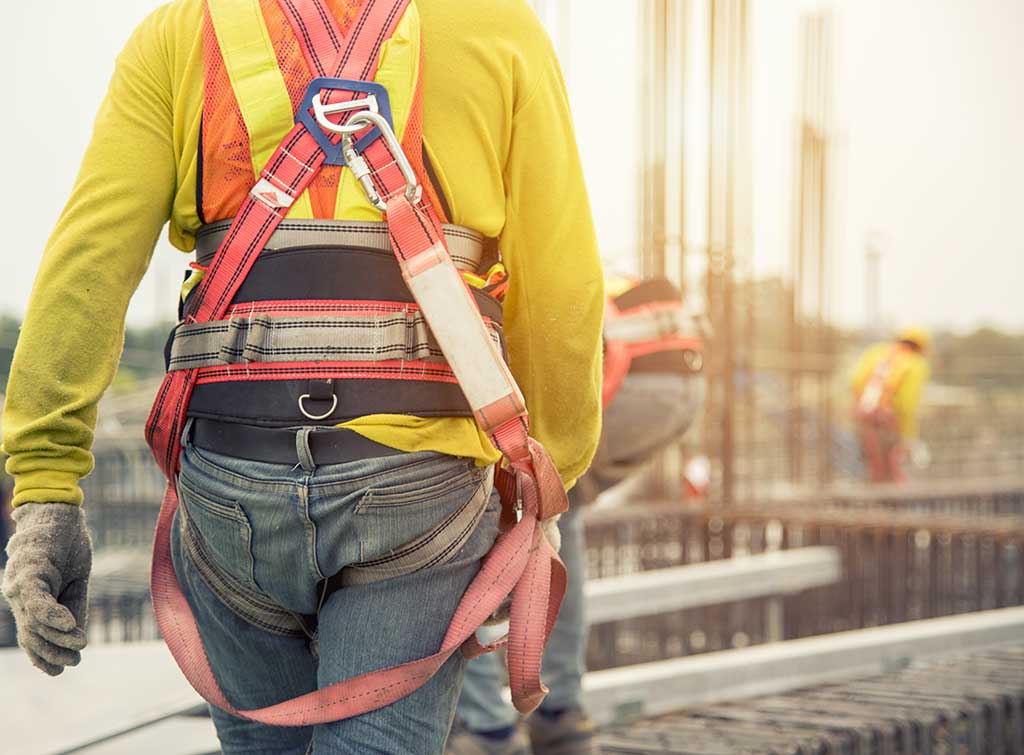
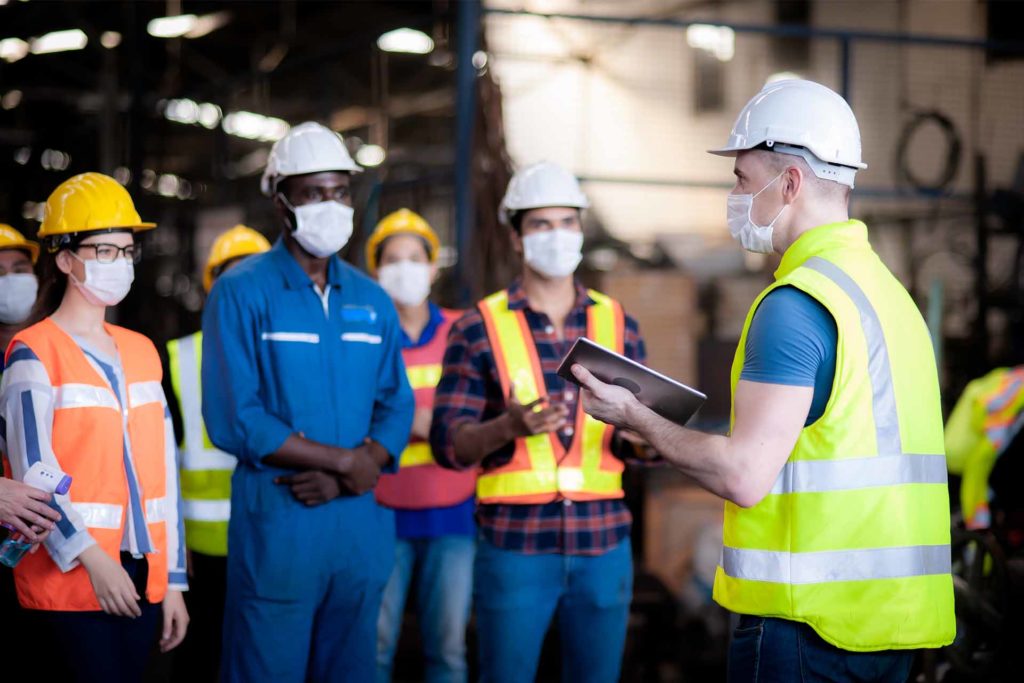

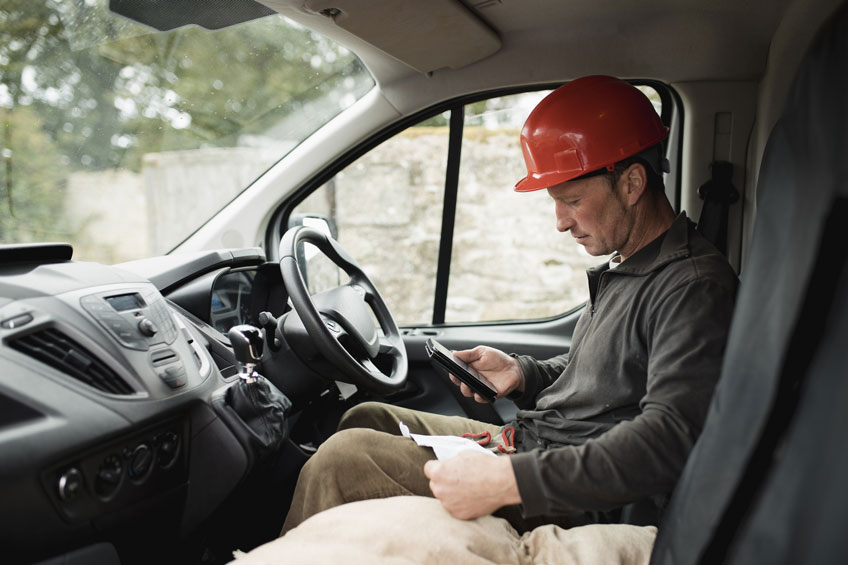
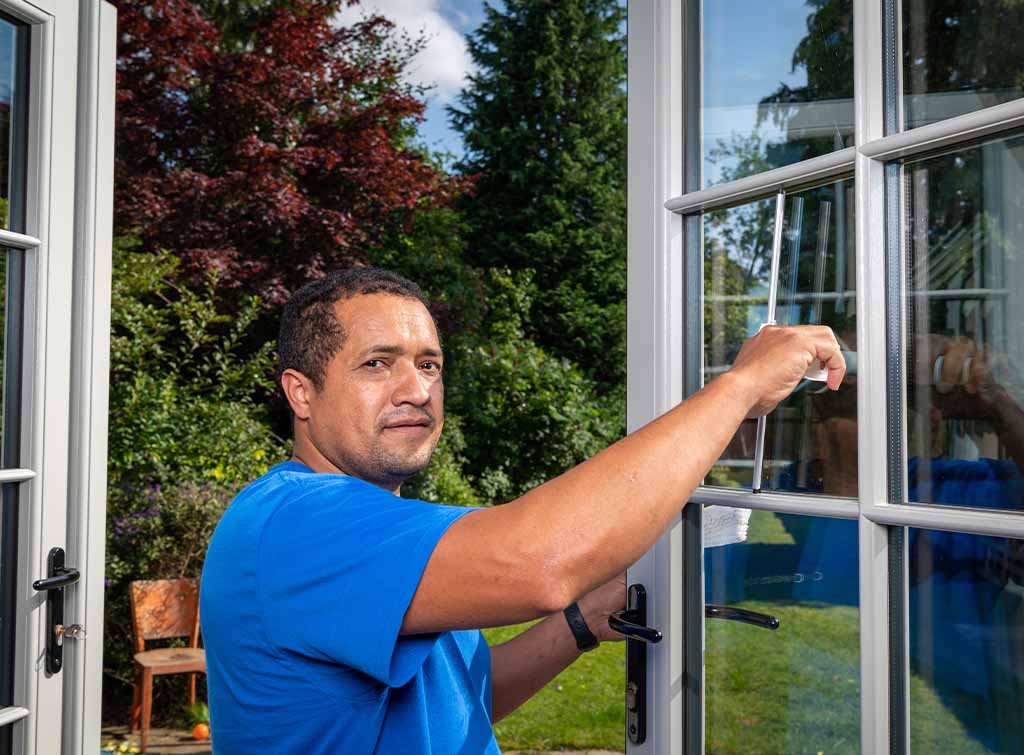
No comments yet!